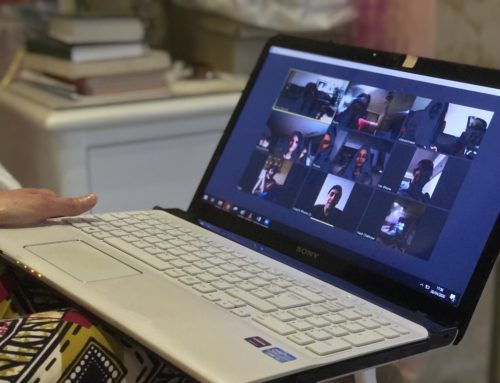 When was the last time you reached out to a reporter without a story to pitch?
When was the last time you reached out to a reporter without a story to pitch?
If you’re like many nonprofit communicators, you might be straining to answer this question because it’s been a long time.
This is especially true if your role isn’t exclusively focused on media relations. If your work also involves some combination of social media, marketing, speechwriting, fundraising solicitations, event planning, blogging, and managing the production of your annual report, it’s hard to carve out the time to actually build relationships with reporters and editors.
As a result, your media relations work largely focuses on sending out news releases. Often at the last minute.
And, often, you send those releases out of obligation or habit — not because you think they are actually going to result in a media hit.
But if you care about getting better coverage for your organization, I’d like to try to break this cycle by giving you an assignment.
I’d like you to try to pick up a reporter.
Of course, I don’t mean this in the get-a-number-and-let’s-go-out context.
What I’m suggesting is much more, let’s say, professionally correct.
The first step is to identify a reporter who works for a news outlet that reaches a key audience for your nonprofit. Ideally, it’s a reporter who you’ve been thinking that you should build a relationship with.
Now here’s the catch — you’re not allowed to pitch a story with your initial outreach.
Instead, you’re simply going to introduce yourself or your organization to that reporter — and make it clear that you’re there to help.
That’s it.
You’re not going to try to sell him a story idea or get her to come to your annual dinner.
You’re simply aiming to start a relationship that will eventually evolve into a story or an invite or an interview.
How do you do this?
It’s easier than you might think.
Ideally, you want to start the relationship by sending the reporter or editor three important signals:
- You follow and respect his or her work.
- You or your organization can be a resource in future reporting.
- You’re not looking to simply pitch stories — you want to be a partner.
The first step in this process involves a bit of legwork.
You actually have to spend a little bit of time getting to know the journalist’s work. Go online and look at recent stories he or she has covered. Pay attention to the themes they cover and the examples they cite.
Next, think about how you can help.
Perhaps it’s by providing them with background data or a report. Perhaps it’s by having them get to know your executive director. Perhaps it’s by offering to connect them with a partner organization that does similar work.
The next step takes a bit of courage.
Send that reporter an introductory email or note.
If you don’t know where to start, let me give you a few suggested “pickup lines” or openers:
- “I’ve enjoyed following your coverage of nonprofits for the XYZ Gazette and wanted to offer my organization as a resource to you for future stories …”
- “Your recent piece on state budget cuts is an important one for our community because it will likely reduce the amount of aid to nonprofit organizations. As you continue to report on this story, I’m happy to put you in touch with some local experts who can add perspective …”
- “I followed with interest your recent series on Medicaid. Since you’re interested in this topic, I thought I’d pass along a 2016 study by the ABC Institute that includes some projections that might interest you in future reporting …”
It doesn’t have to be fancy or too in-depth. It simply needs to start a conversation.
Chances are, you’ll get a reply.
And with that reply will come an opportunity to take that budding relationship to the next level.
It might not pay off immediately, but in time that relationship has the potential to develop into one where you become a trusted resource for that reporter.





